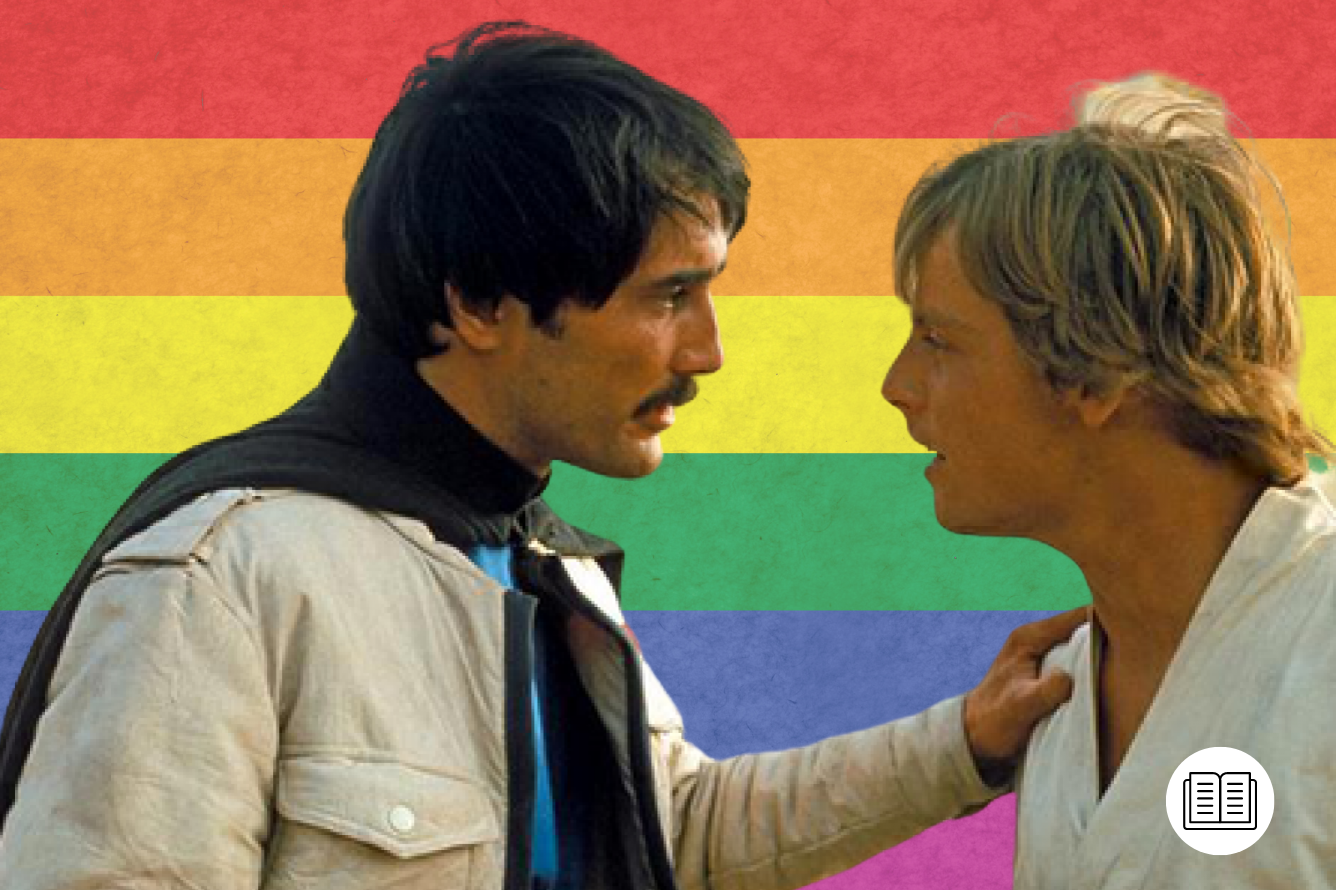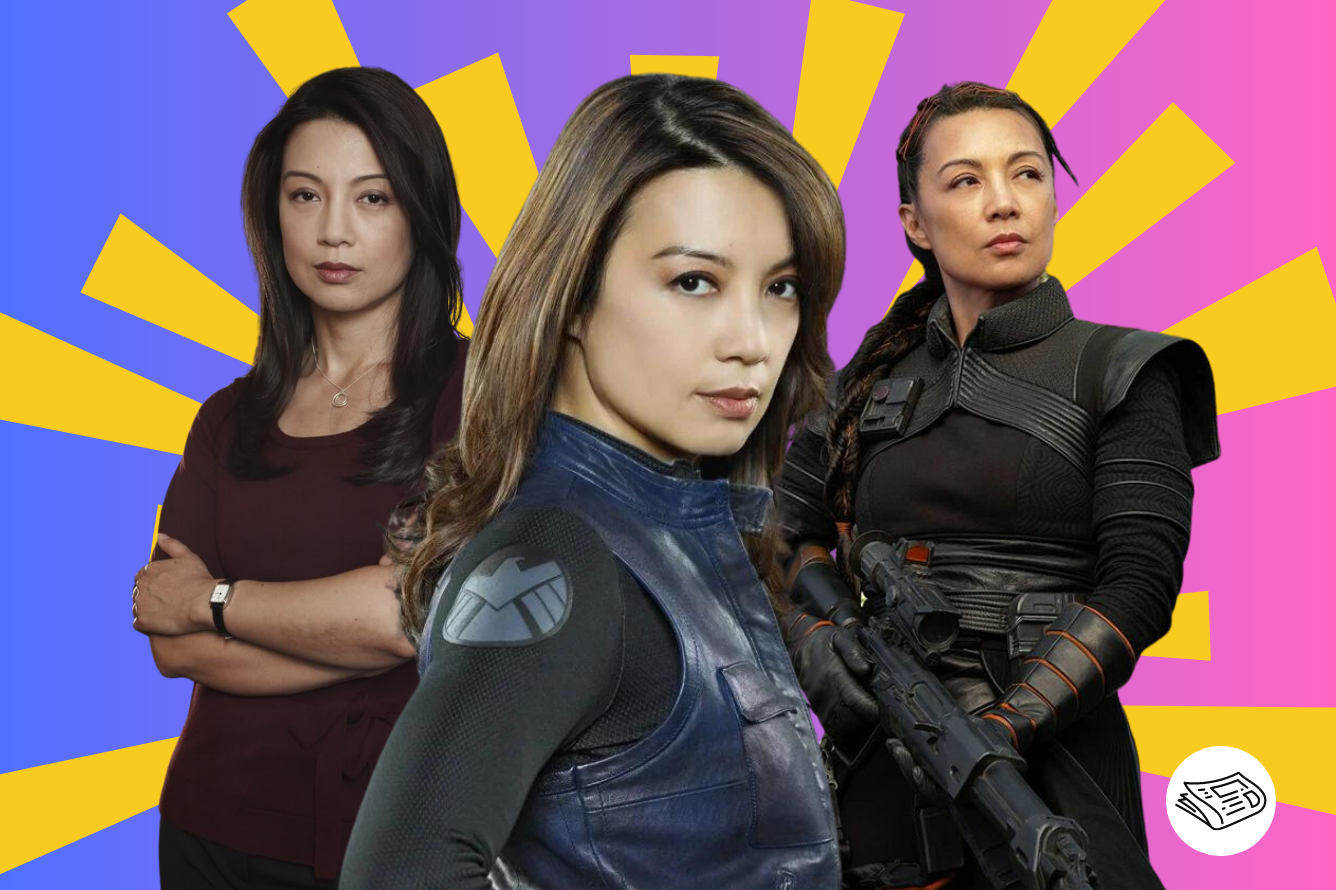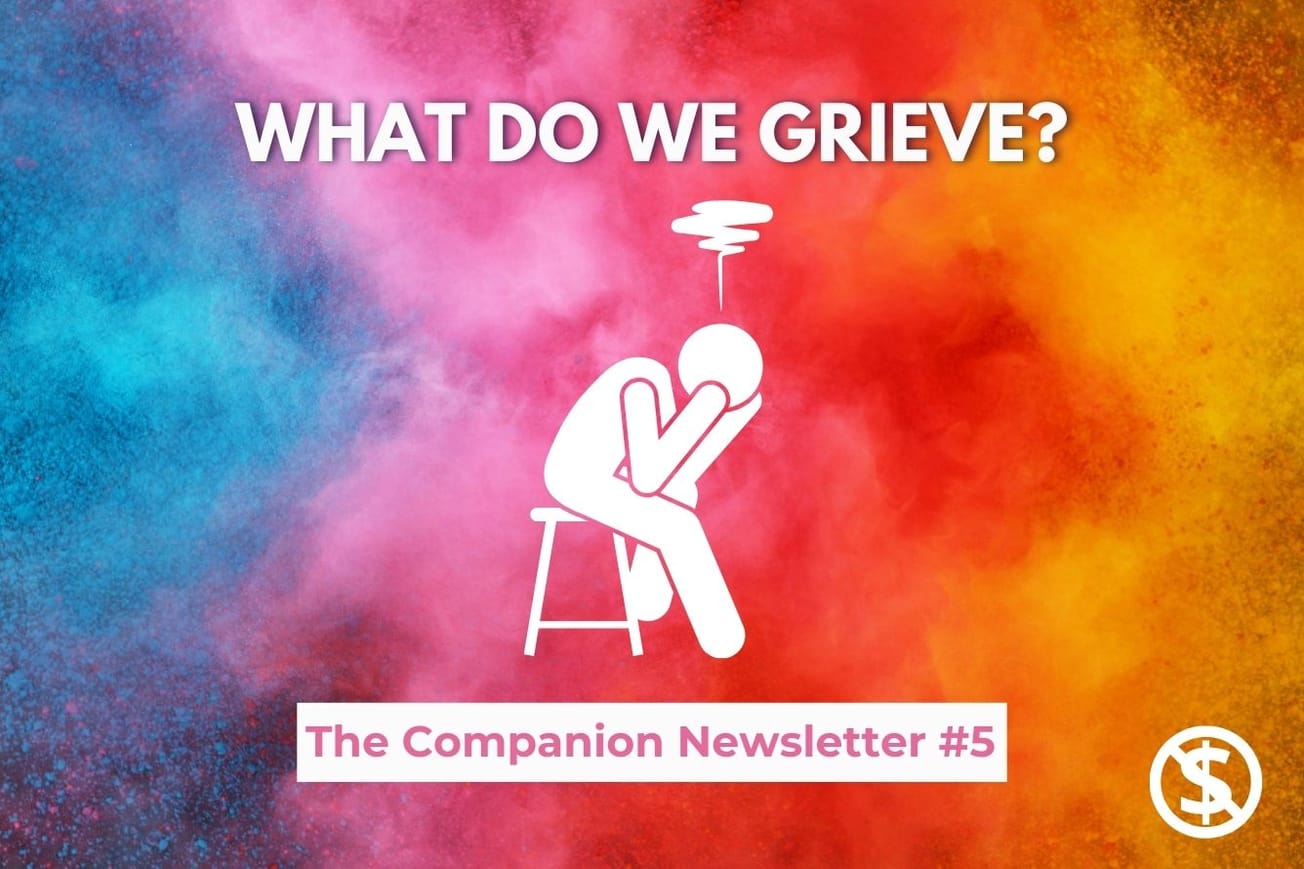In 2016, Mark Hamill was interviewed by Britain’s The Sun newspaper (don't worry, the link is for Vanity Fair) and suggested that Luke Skywalker was perhaps not as straight as an arrow. He said:
“Fans are writing and ask all these questions, ‘I’m bullied in school… I’m afraid to come out’. They say to me, ‘Could Luke be gay?’ I’d say it is meant to be interpreted by the viewer… If you think Luke is gay, of course he is. You should not be ashamed of it. Judge Luke by his character, not by who he loves.”
Although this was not a definite confirmation of the science fiction icon’s sexuality, it offered a sweet endorsement for the many fans who read Luke as queer, as well as following hot in the footsteps of JJ Abrams believing it would be ‘nice’ for the franchise to include non-heterosexual characters.
However, reading Luke as a queer character is not new: in fact, since Star Wars: Episode IV – A New Hope (1977) onwards he has been read as anything from asexual to bisexual, and his hero’s journey as a parallel for many coming-out tales. Despite this, there is a strange mismatch in Luke’s position within the fan-shipping community—although probably the biggest “queer icon” in the franchise, his ships are relatively few, constructed from deleted scenes (with Biggs Darklighter) or only really gaining traction decades after the original trilogy’s release (with Han).
It is also interesting to read the relationship between Poe (Oscar Isaac) and Finn (John Boyega), who have many parallels with both Luke and Han Solo (Harrison Ford), as a replication of the underutilized ‘Skysolo’. If plenty of fans read Luke as queer, then why are his fanships so few and far between?

Perhaps this is because much of Luke’s claims to fanon queerness reside in the deleted scenes between him and Biggs, played by Garrick Hagon. Without these scenes, it seems difficult to understand how Luke could have developed a sexual identity at all, as there seem to be little to no people on Tatooine. Although shows such as The Mandalorian and The Book of Boba Fett have presented Tatooine as incredibly populated, for better or worse, in the Original Trilogy there seem to be barely any humans there, especially outside of trading centers like Mos Eisley, and not in the distant moisture farms of Luke’s family. How aware even is Luke of people outside of his immediate context? And how does attraction work in this universe anyway – do they define sexualities as we do, seeing as there have been plenty of interspecies flings—The Clone Wars’ Aurra Sing for instance is the result of an interspecies relationship, Peli Motto (Amy Sedaris,) confessed to a relationship with a Jawa in The Book of Boba Fett, and of course Jabba the Hutt lusted after Leia (Carrie Fisher) and her Twi’lek predecessor, Oola (Femi Taylor).
Sexuality is a problematic concept within Star Wars and remains mostly unexplored within the franchise.
The Slash Awakens
The presence of Biggs resolves both the problems of Luke’s socialization and potentially his sexuality. Despite having left Imperial service to join the Rebel Alliance, in a deleted scene from A New Hope he comes back to visit Luke (and implied Luke only) before embarking on a dangerous mission. Biggs tells Luke that he missed him, and Luke replies that things haven’t been the same without him—before they engage in semi-flirty dialogue about whether Luke can keep Biggs’ secrets. This is Luke’s first encounter with a dashing pilot in the film and the first that Luke gives an exaggeratedly dreamy stare. Whilst this might not seem like much, fandoms have created fan relationships from much less (Mycroft and Lestrade from BBC’s Sherlock, anyone?), and perhaps if left in the film, Luke and Biggs might have achieved a similar prominence in contemporary slash fiction as Blake/Avon or Starsky/Hutch. As it is, Biggs has only achieved prominence in recent years, appearing in the special features of various releases and briefly before the Battle of Yavin in the special editions, thus confining Luke’s first potential OTP (one true pairing) to the sidelines.

Luke also has plenty of chemistry in New Hope with Han Solo. If we read it as a coming-out story (a boy desperate to leave his home is integrated into a rebellious community wherein he finds acceptance for the first time), then Han is the older man who instigates Luke’s movement into the wider community. Han is a sexy rogue with plenty of chest hair, panache, and nice eyes, that Luke spends half his time hero-worshipping and half his time ribbing—as Chrissy Saul identifies, ‘in peak rom-com fashion’. There is also the infamous moment when, following their rescue, Leia leaves the cockpit:
Luke: So… what do you think of her, Han?
Han: I’m trying not to, kid!
Luke: (Quietly satisfied) Good…
Han: (Smirks in a dashing fashion) Still, she’s got a lot of spirit.
Luke: (is not happy)
There are of course two ways to read this. Either Luke is attracted to Leia, which becomes extremely uncomfortable once you’ve watched Return of the Jedi (1983), or he’s jealous of Han’s attraction to her because he fancies Han. The way the scene is played, especially by Hamill, leaves the interpretation up to the viewer and makes sense in either case. Again, this is exactly the type of subtextual, interpretation-based dialogue that is catnip to fandom—the kind of lines that open up possibilities for stories and for slash. Later, before Luke sets out on the mission to destroy the Death Star, Han asks him to come with him, saying that he’s going on a suicide mission. Not only this, but the scene sets up the heroism of Han’s return to the fight—with the implication he’s returning for Luke, much as Biggs did. This is backed up by some evidence that there was one draft where Luke was female, and in love with Han.


Biggs then returns to the action, only to be shot down by Darth Vader. Here, the theatrical cut puts another impediment in the way of Luke being a shippable character. If his death had been backed up with the previously described scenes, much as the Sequel Trilogy set up the weird sexual tension between Rey (Daisy Ridley) and Kylo Ren (Adam Driver), then it would have had a deep emotional impact that would’ve solidified its slash fiction status. Not only that but Luke is immediately rescued by Han Solo—presenting two potential love interests within the same high-action, high-emotion scene. Again, this should have been catnip to a kind of fandom based on high-intensity relationships, be they on a starship or in a Grand Ford Torino. But it wasn’t—at least, not in the same way. The film ends with the beginnings of the sexual tension between Han and Leia, and although we focus on the golden trio, as it were, Luke is already being pushed to the edges of his own emotional story.
The Normative Strikes Back
And then the rest of the trilogy happens. The Han and Leia dynamic takes precedence and is carried off surprisingly well, given the few foundations in the first film: building on the obvious chemistry between the two actors, Leia and Han are spiky and sexual, both retaining their independence but showing their vulnerability to one another. Luke remains asexual, devoted to the Force in a way his father never was, and has lost many of even the friendly emotions of the first film. Lucas deliberately separates Luke emotionally from his friends, demonstrating his new standing as a Jedi but also providing another experience for queer people to connect with: that sense of difference, whilst the heterosexual couples are allowed their filmic happy ending. Our unintentionally queer-coded hero is never allowed such a close relationship again, as the films move to ensemble status.
Beyond the Original Trilogy, Luke’s queer representation further suffers. In the now non-canon novels, Luke marries Mara Jade and has a child—although this doesn’t rule him out as bisexual, and also plays into the classic fanfiction trope of enemies-to-lovers, it again prevents a primarily queer reading. Of course, there is the argument, seemingly supported by Hamill, that Luke is the everyman, and can so be whoever we want him to be. But out of all characters in the Original Trilogy, Luke is the one who can be read most easily as queer – something that fandom should have celebrated, but largely left by the wayside.

Compare this to the relationship between Poe Dameron and Finn in Star Wars: The Force Awakens (2015). Like Han and Luke, they hug, they share deep emotional experiences and even clothes—and have been shipped to within an inch of their life. J.J. Abrams has even said that “it seems insanely narrow-minded and counterintuitive to say that there wouldn’t be a homosexual character in that world.” However, reading the Luke of the Sequel Trilogy as queer presents its own problems — is he cursed to be an Albus Dumbledore, suffering from secret shame and heartbreak, a burden to a younger generation? There’s little implication that Luke maintained his Platonic relationships, let alone any romantic ones, leaving Luke still marooned within sexuality neither explored nor given any opportunity to be explored. If he was suddenly read as gay in this context, Luke becomes a figure of tragedy, rather than the hero Lucas made him out to be.
This is why Poe Dameron easily takes up Luke’s mantle as the heroic, queer-coded character—or did until Star Wars: Rise of Skywalker turned him into a Han Solo clone. Yet again, the importance was placed onto suddenly realized heterosexual relationships, despite Poe showing no interest in women, flirting, or spice running throughout the rest of the trilogy. Finn, whose chemistry with Poe was one of the highlights of the first film was at least given a “love interest” with whom he had chemistry, even if it was shoehorned in. Poe in turn was forced into a space that The Force Awakens never prepared him for, an issue with the trilogy as a whole. Although Abrams has said that the Star Wars universe is one of ‘possibility’, those possibilities seem inescapably heterosexual.

Rise of the Ship
And yet at the same time, the Sequel Trilogy brought new life to the seemingly dormant HanLuke ship, and even to Biggs/Luke. A motivator for this was not only Hamill’s comments but also the deliciously tragic fact that Luke and Han were never reunited before Han’s death. More viewers were also viewing the Original Trilogy through a queer lens, but one wherein Luke’s sexuality could be interpreted through many different angles—asexuality, bisexuality, homosexuality, or pansexuality to name a few. However, much as there was an upsurge in these fandom relationships, they are still relatively minor. Fans instead go towards the highly problematic Kylo Ren/Rey or Kylo Ren/Hux for their kicks, even more so than with Poe/Finn, largely owing to the darkly seductive power of Adam Driver in the role.
Luke is still primarily seen as a lone heroic figure, receiving little reintegration into romantic relationships. Although the question of age could come into play here—fans, of course, wanting to write about the freshest relationships within their franchises—other couples from the ’70s, such as Starsky/Hutch, or long-standing pairings, such as Tony Stark/Steve Rogers, remain popular. Perhaps his heroism is the key—like with Luke, Finn, Poe, and even Rey to some extent) are centrally, largely unproblematically heroic, whereas Ren and Hux possess the moral complexities that fuel much fiction and can be integral to eroticism. Maybe Luke is too boring for a fandom looking for challenging characters within their ships.

If this is the case, it’s a great shame. Not only does Luke have tangible chemistry with the male characters of his trilogy, his story of small town boy made good has clear parallels with many coming-out stories, and his actor’s willingness to be read in such a way is a contrast with those who play many fandom central couples. It’s difficult to imagine Hamill participating – as James McAvoy and Michael Fassbender did – in the awkward and exploitative scenes on The Graham Norton Show, where fanart of Charles Xavier/Erik Lensherr was wheeled out to laughs and embarrassment from their actors. This is something to be celebrated, and so is Luke Skywalker as a queer-coded character.
There are many factors as to why Luke has failed to have a fanon-accepted queer relationship. Age, heroism, and a perception that he is “uninteresting” have ensured that the many subtexts and supports within his character have been largely thrown to the wayside. Although the mantle of heroic, subtextually significant characters was taken up by Poe and Finn, they too have been sidelined in favor of characters perceived as more complex. Nevertheless, these characters remain able to be read as queer, interpreted as being in relationships, and allowed a life in fandom which, whilst disregarded, is still more complex than that on screen. Whatever the fandom might think of Luke Skywalker, they leave him more open to Hamill’s possibilities than any of his screenwriters.
This article was first published on February 4th, 2022, on the original Companion website.
The cost of your membership has allowed us to mentor new writers and allowed us to reflect the diversity of voices within fandom. None of this is possible without you. Thank you. 🙂









